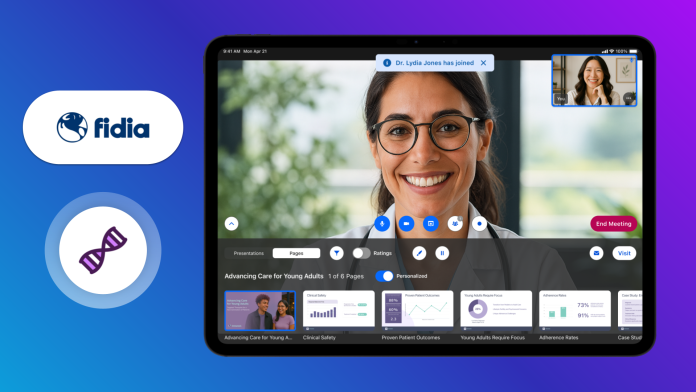Salesforce recently launched the Life Sciences Cloud for Customer Engagement, a tool designed to enhance the commercial strategies of life sciences companies. With a focus on bridging the gap between healthcare professionals and pharmaceutical representatives, this solution promises to streamline interactions and improve patient access to therapies.
Healthcare professionals (HCPs) are increasingly overwhelmed with information—recent studies show that physicians are now inundated with 75% more data for each medication than a decade ago. Despite this growth in data, many HCPs feel neglected by pharmaceutical marketing efforts, often complaining about irrelevant communications from industry representatives. Salesforce’s new platform aims to change this dynamic by providing a more engaging, efficient way for teams to communicate with HCPs.
One of the key benefits of the Life Sciences Cloud is its agent-first mobile experience. The platform allows reps to access crucial information quickly through a user-friendly interface with features like audio-dictated notes and hands-free summaries, making it easier for them to engage with HCPs even in high-pressure settings. As the CIO of Fidia Pharmaceuticals, Emanuele Peron, stated, “By progressively unifying HCP engagement and the quote-to-order cycle on a single, compliant platform, we are building a scalable data foundation for omni-channel execution.”
In practical terms, the Life Sciences Cloud integrates various business operations—from clinical trials to market strategizing—on one seamless platform. This unification enables different departments, such as sales, marketing, and medical affairs, to collaborate more effectively, speeding up the journey from lab to market. Teams can now handle everything from trials and medical affairs to verification of patient benefits faster and more efficiently, potentially increasing operational speed by 30%.
However, while the innovations appear promising, small businesses in the life sciences sector should consider potential challenges. The transition to a new system can bring its own growing pains, particularly for smaller firms with limited resources. Integration with existing technologies may require significant investment in time and training, and the regulatory environment governing patient data and healthcare communications remains stringent. Ensuring compliance with laws such as HIPAA and GDPR will require careful oversight.
Moreover, the adoption of cutting-edge technology can introduce risks if not properly managed. Businesses will need to invest not only in the software itself but also in ongoing training for employees to maximize its efficacy and avoid pitfalls associated with poor implementation.
The solution’s focus on AI-driven insights and compliance aids is particularly noteworthy. Built on Salesforce’s secure infrastructure, Life Sciences Cloud includes features that ensure compliance with various regulatory standards, thus serving as an enforcement tool rather than a barrier for life sciences businesses. Additionally, as market conditions continue to evolve, flexibility and responsiveness will be essential.
Finally, the Life Sciences Cloud will be available on the Apple App Store starting October 11, 2025, allowing users to carry this powerful tool in their pockets. Its release is expected to provide the portability and versatility critical for life sciences representatives who often operate in environments with limited connectivity.
As small businesses evaluate their approach to HCP engagement and data management, the Life Sciences Cloud offers a comprehensive solution tailored for the complexities of the industry while addressing the challenges of modern communication. Salesforce’s new platform could redefine how small and medium-sized enterprises engage with healthcare providers, but a strategic approach to adoption and implementation will be crucial for success.
For more information, visit the original Salesforce post on Life Sciences Cloud for Customer Engagement: Salesforce.
Image Via Salesforce



